Entering a photography contest can be both exciting and intimidating. With so many talented photographers submitting their best work, how do you make your entry stand out? In this article, we’ll share pro tips for entering photo contests and show you exactly how to enter photography contests with confidence. From choosing the right contests to making your final submission, these tips will boost your confidence and increase your chances of success.
Tips By Tamron User Photo/Video Contest 2025 Judging Panel
What You’ll Learn In This Article:
- How to choose the right contests that match your style and goals
- A step-by-step photo contest submission checklist to avoid disqualification
- The most common mistakes photographers make when entering competitions
- Insider tips from professional photographers on how to impress judges and stand out
- How contests can boost your confidence, portfolio, and career opportunities
Why Enter Photography Contests?

Photography contests aren’t just about winning prizes — they’re opportunities to learn from others and grow your photography skills. When you enter, you expose your work to judges, industry experts, and sometimes even galleries.
Contests also help build credibility for your portfolio, push you to create stronger images, and give valuable feedback. These photo contest benefits are why so many professionals recommend entering photo contests as part of your photography journey.
Of course, the prizes are an exciting motivator. Photography contests often reward winners with more than just bragging rights — prizes can include cash, new camera gear, exclusive experiences, and, perhaps most valuable of all, meaningful exposure that can elevate your work to new audiences.
How to Choose the Right Photo Contests to Enter
Not every contest is a good fit and knowing where to submit is half the battle.
- Match contests to your style: A wildlife photographer might shine in a nature competition but struggle in a portrait category.
- Check entry rules and fees: Some contests charge per entry, while others are free. Read carefully so you don’t waste time or money.
- Look for reputable organizations: Established contests often bring more exposure and networking opportunities.
- Enter contests sponsored by brands you trust: Submitting to competitions hosted by gear makers or communities you’re already connected with increases your chances of relevance and recognition. For example, if you shoot with a Tamron lens, entering the Tamron User Photo Contest is a no-brainer — it not only aligns with your equipment but also connects you with a community of like-minded photographers.
These tips for selecting photo contests to enter will help you focus on opportunities where your work is most likely to shine.
Photo Contest Submission Checklist

Before you hit submit, run through this quick checklist:
- Read the rules carefully: ignoring requirements is one of the biggest reasons entries get disqualified.
- Prepare high-quality images: judges notice technical flaws quickly. Submit sharp, properly exposed images.
- Craft a strong caption or story: a meaningful backstory can elevate even a simple image.
Following this photo contest submission checklist ensures your work looks professional and meets all requirements.
Common Mistakes to Avoid When Entering Contests
Even great photographers sometimes lose because of simple errors.
Here are pitfalls to avoid:
- Ignoring technical requirements like image size, format, embedded exif data, or watermark restrictions.
- Over-editing images until they look unnatural. Judges often prefer authenticity.
- Submitting without context since captions and stories give depth and meaning to your work.
Understanding these common mistakes entering photo contests can save you from losing out for the wrong reasons.
Tips for Winning Photo Contests from Our Professional Photographers
So what separates winners from the rest? Our pro photographers shared their best advice on how to win a photo contest and what judges look for.
Landscape Photography
Landscape Pro Tip 1:
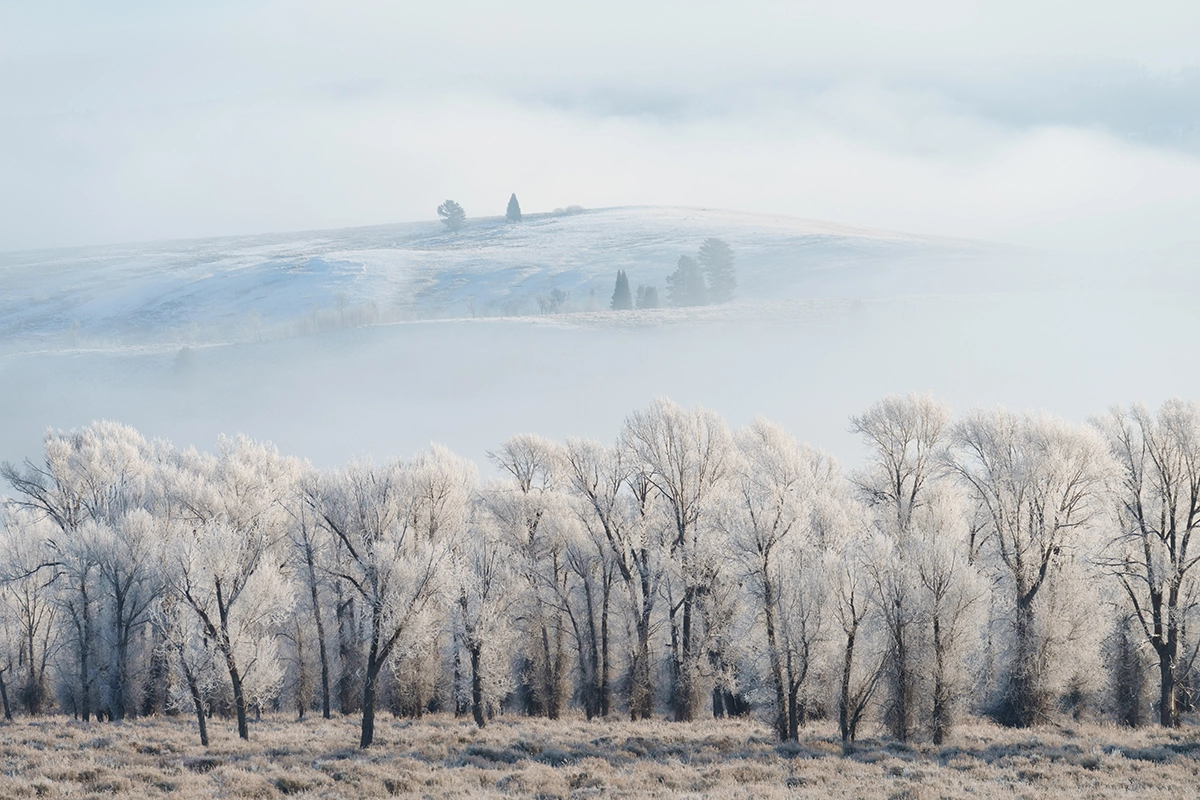
Seek layers. Look for landscapes with natural layers like the frosty trees in the foreground and mist-covered hills in the background. These layers create depth and visual interest. Compose to emphasize these layers. Also use a telephoto for compression. Longer lenses (like 200mm or more) can compress distance, making misty layers and frosty textures feel closer together and more dramatic. ~Cecil Holmes
Landscape Pro Tip 2:
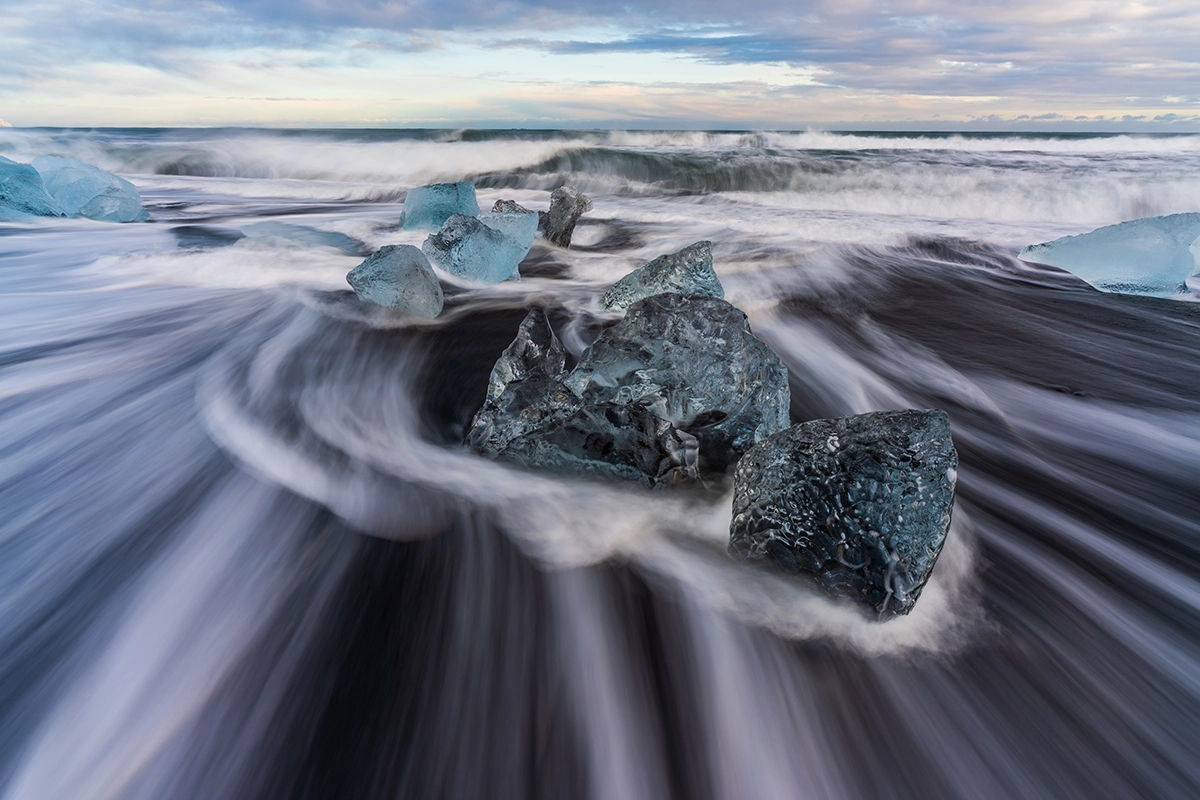
Find anchors. When photographing landscapes, especially with wide or ultra-wide angle lenses, try to find a strong anchor element that will catch the viewers’ attention. It is a bonus if it can also be patterned to be used as a leading line or element to the main subject. By doing this, you get the viewer’s attention and lead them through your composition. ~David Akoubian
Wildlife Photography
Wildlife Pro Tip 1:
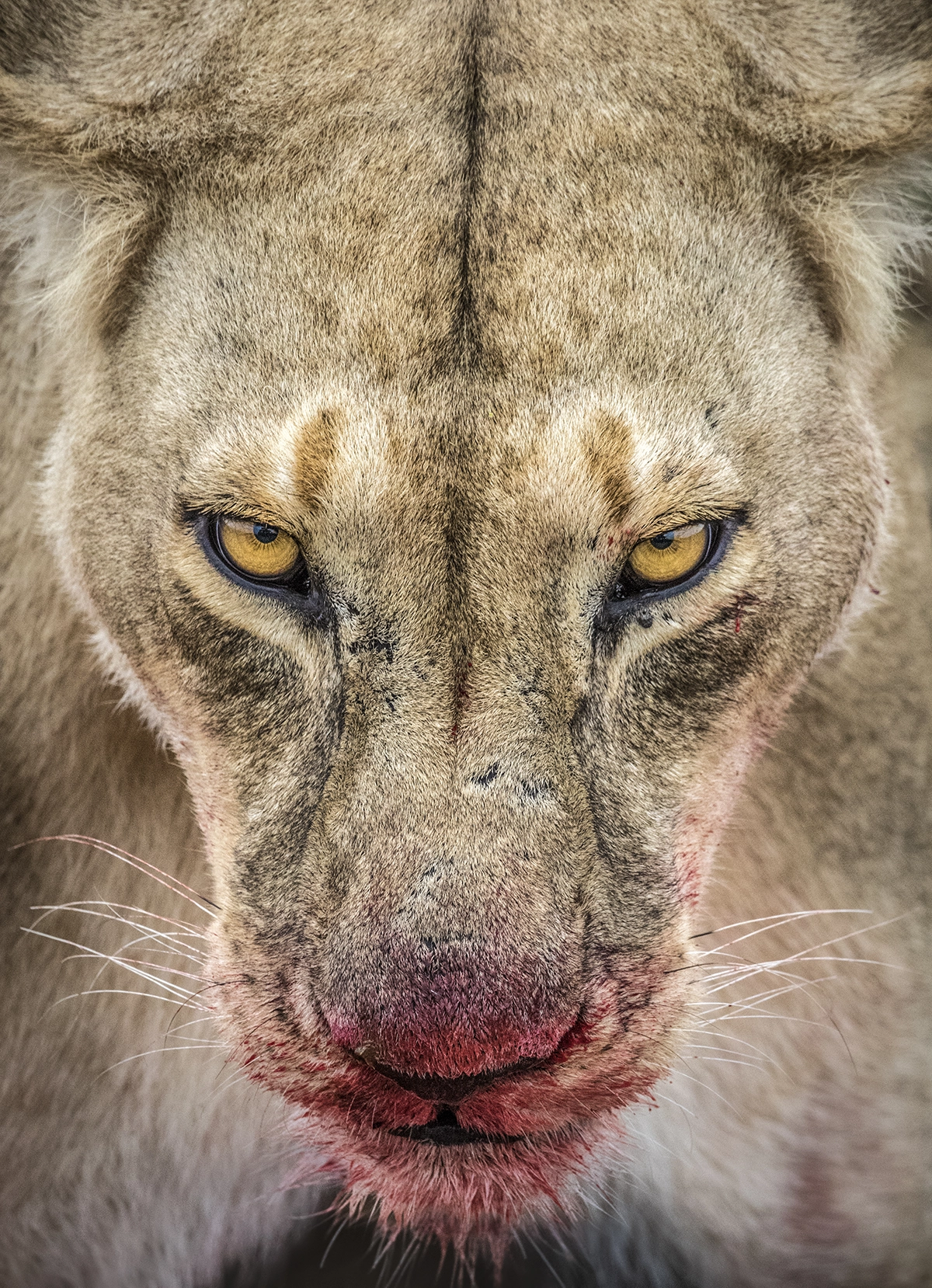
Tell the story. If you want your wildlife photos to stand out, tell a story. For this photo of a lioness in Kenya, the bright red blood on her face tells a story of hunger and menace. She just had a snack, and she’s eyeing her next meal! ~Ian Plant
Wildlife Pro Tip 2:
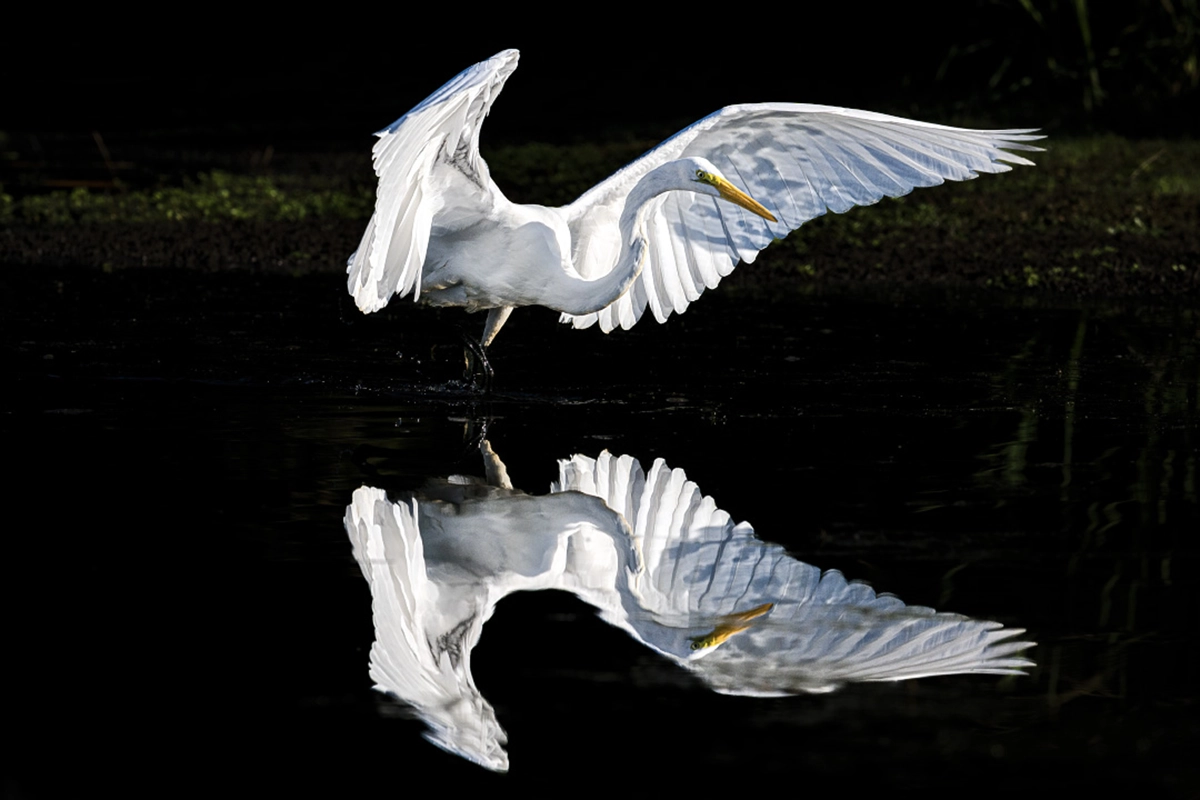
Pay attention to the light. People frequently ask me, “What’s your favorite thing to photograph?” I always reply, “Good Light.” Place yourself in the position to have good light by planning when and where you are going to photograph. Use the light to make your subject stand out. In this case my subject was on an “edge of light” where the subject receives the light, and the background is in shadow. This will make you subject pop against a dark background adding drama to your image. ~Lewis Kemper
Wildlife Pro Tip 3:

Balance exposure. Subjects surrounded by bright backgrounds, such as snow, beaches, or overcast skies—can easily fool your camera’s meter into underexposing your subject. For example, if you rely on a “0” meter reading in this coyote-in-snow scene, you’ll likely end up with a dark coyote and blue-gray snow. Proper exposure doesn’t always mean aiming for zero on your meter. Instead, keep the snow bright and clean while ensuring the coyote’s eyes, coat, and details stay well-lit with a natural look. To achieve this, over-expose (about +1/3 to +2 stops, depending on the scene and subject) and monitor your histogram to protect highlights in the snow without losing detail in your subject. (This coyote image was over-exposed at +1.7 stops) This approach works for any bright-background situation and also helps reduce white balance and color-casting issues—resulting in images that look true-to-life and visually appealing. ~Lisa Langell
Portrait Photography
Portrait Pro Tip 1:
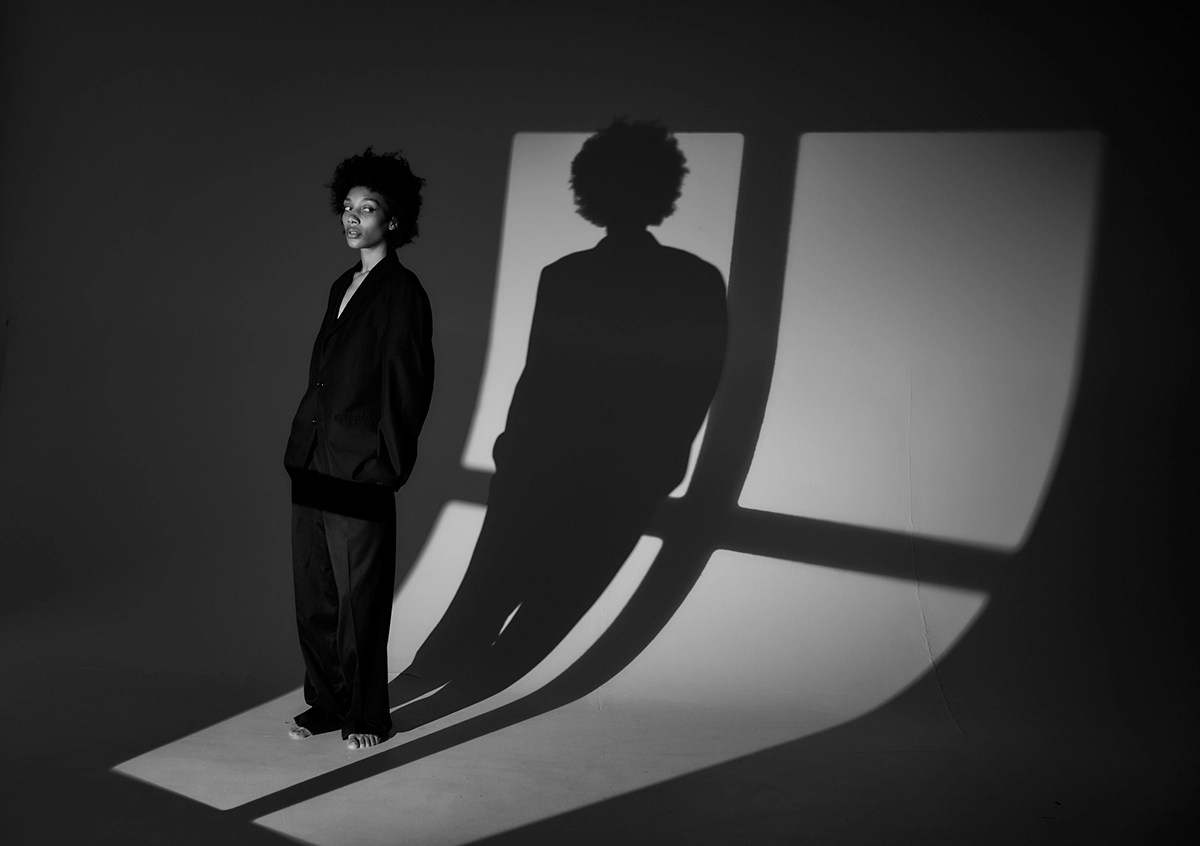
Plan impact. During the planning of your portrait session, focus on one or more of the visual elements that will most impact the audience. The most easily accessible visual impacts are lighting, composition, color, emotion, and movement. ~Yvens Banatte
Portrait Pro Tip 2:
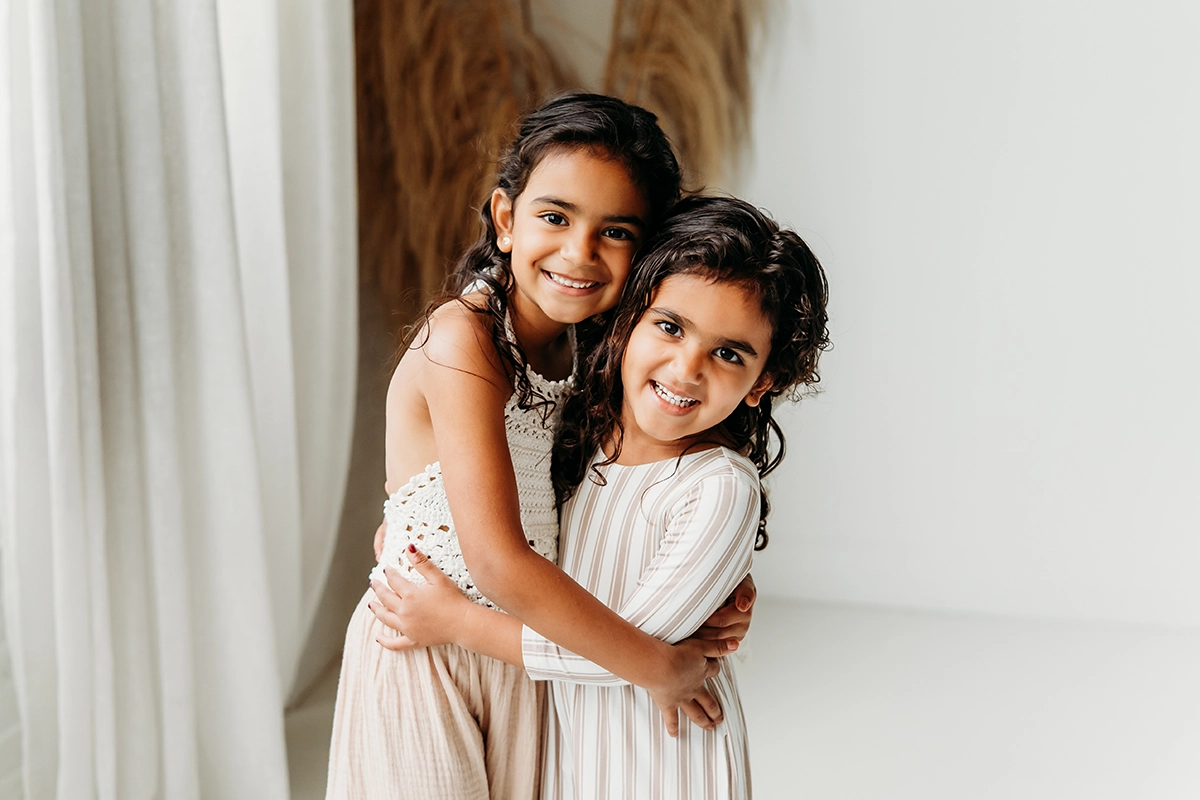
Create connection. Whether you have one subject or many in your portrait, make sure you see some type of connection in the image. The connection can be between your subjects if there is more than one, or if it’s a single subject even making eye contact with your camera counts as connection. If they are not looking directly at the camera make sure it looks natural, and the viewer can imagine what they are connecting with. Connection helps the viewer to feel more emotion from your portrait which in turn makes your image stronger. ~Marcie Reif
Portrait Pro Tip 3:
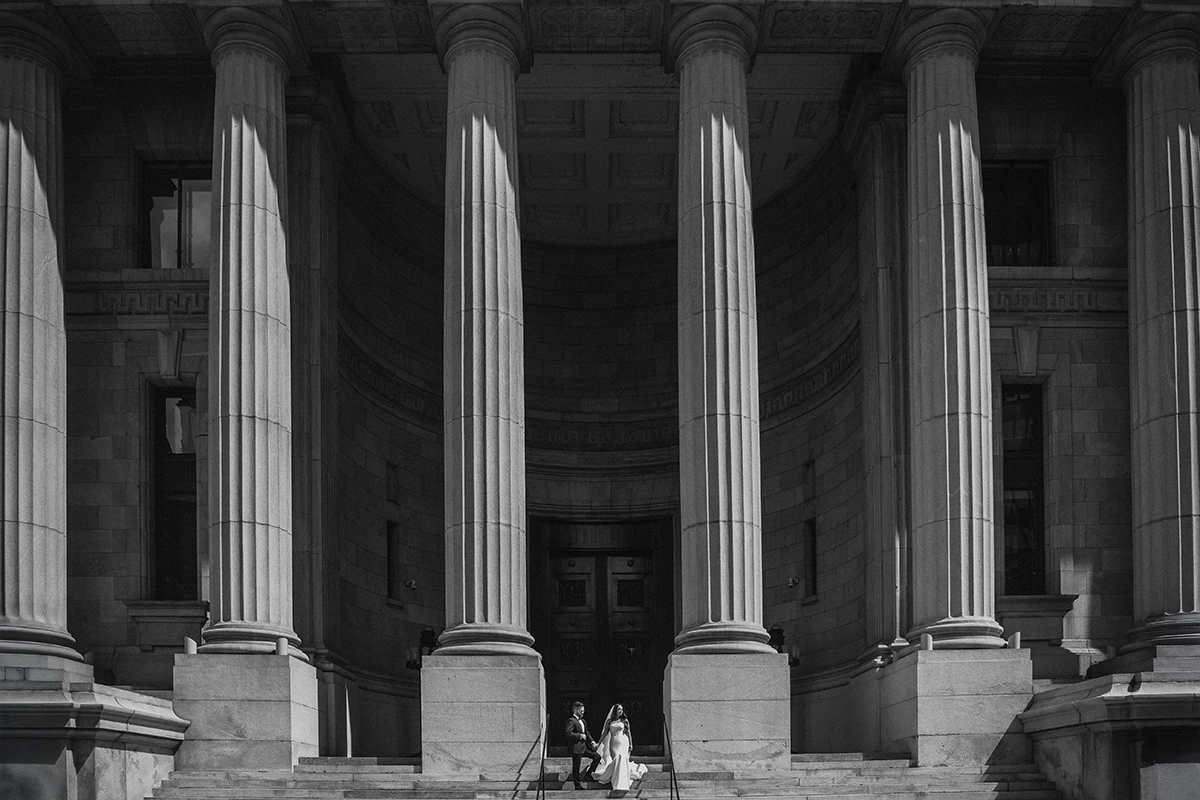
Compose intentionally. In photo competitions, strong use of composition rules not only showcases technical skill but also enhances storytelling—keeping viewers engaged longer. The longer someone’s eyes linger on your image, the stronger its impact becomes. Take this image as an example: the use of symmetry and leading lines immediately draws attention to the grandeur of the columns while guiding the eye directly to the couple. This balance between architectural dominance and human intimacy creates a powerful visual narrative. By applying even a single composition principle, you can effectively communicate your story to the viewer. The great news is that photography offers countless ways—framing, patterns, negative space, perspective, and more—to direct attention where you want it. Start by practicing one or two techniques, and you’ll quickly find your images standing out at the top. ~Rabih Madi
Macro Photography
Macro Pro Tip 1:
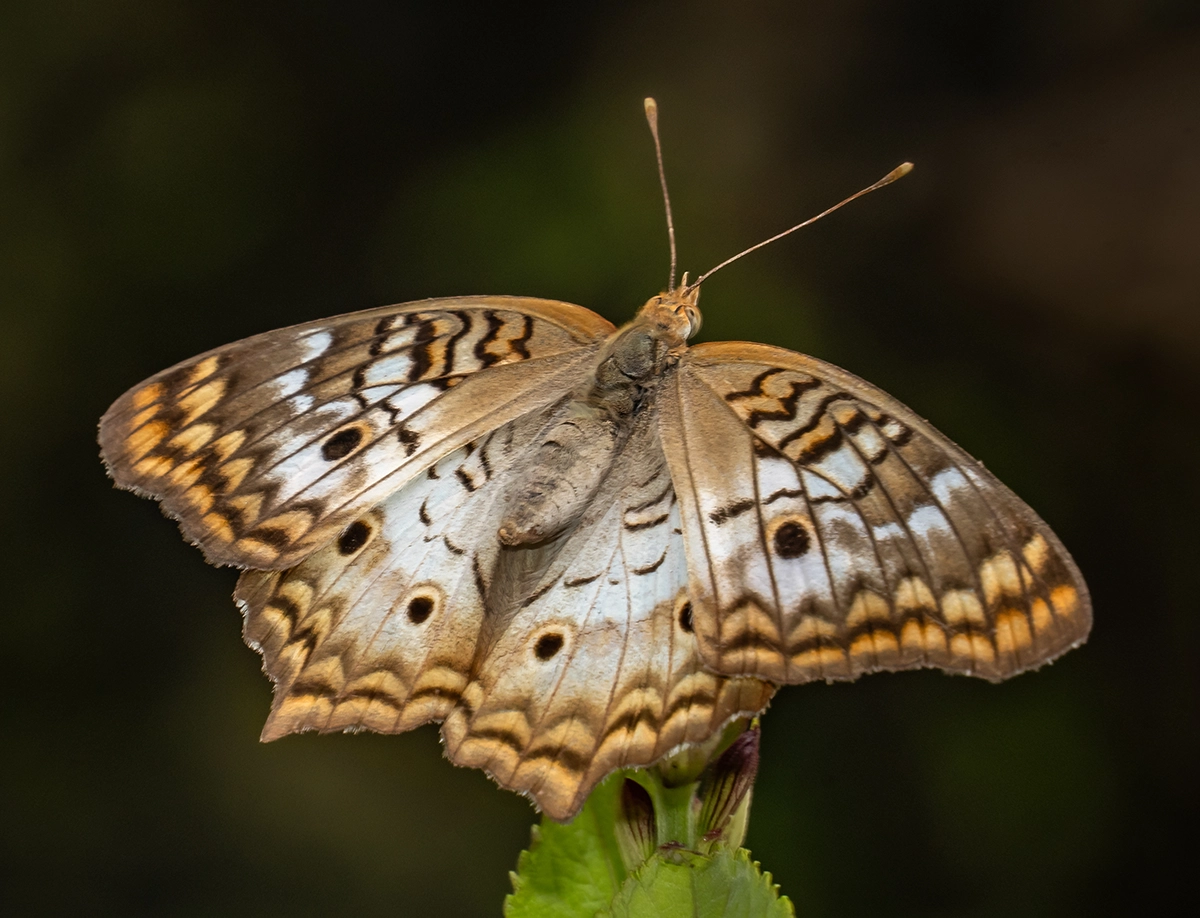
Watch the background: In macro/closeup photography the background is just as important as your subject. A busy background will detract from the main subject so looking for a cleaner one will always make an image stand out. ~Roman Kurywczak
Macro Pro Tip 2:

Highlight texture. Look for textured details—like ash, charred edges, or cracked skin—that naturally draw the eye. Use macro framing to emphasize the center of the subject, making small, gritty details the story of the image. ~Tony Shepherd
Macro Pro Tip 3:

Focus on focus. Ensuring that your subject is in focus may sound basic but is an important step when submitting an image, especially in a category such as macro where depth of field can be only a few millimeters or less. Use depth of field creatively for additional layers of storytelling. ~Alyce Bender
Video
Video Pro Tip 1:
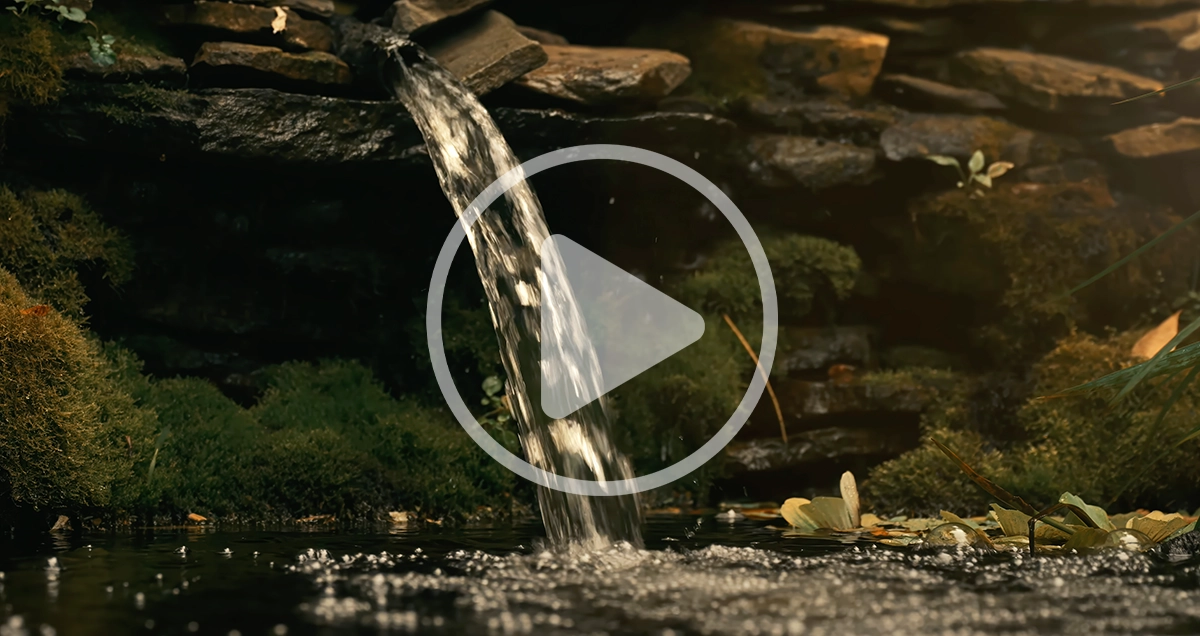
Prioritize sound design. When I’m watching submissions, sound is always something I pay attention to. You can get away with video that’s a little overexposed or a shaky shot here and there, but bad audio will take the viewer out of the moment instantly. Strong sound design can carry a lot of the load if you’re just starting out and finding your footing with video. The beat syncing perfectly with a cut, a car passing that actually pans across the speakers, or the subtle crunch of a leaf under someone’s foot. Those little audio hits make a video immersive and memorable. Editing isn’t just cool visuals, it’s how the sound works with the video as well. When creators take the time to really dial this in, it shows, and it can make all the difference in how your work stands out. It may even deserve a second watch. ~Ian Jones
Video Pro Tip 2:
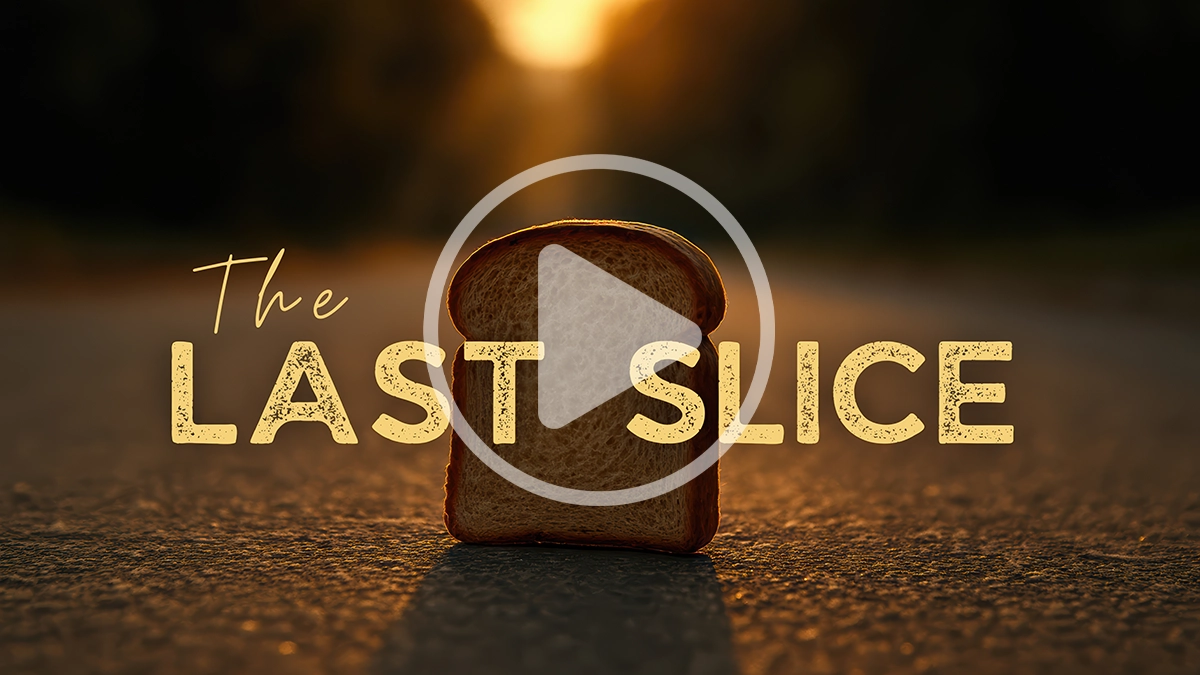
Tell stories. Color grading, drone shots, and amazing transitions are great, but at the end of the day a story gets remembered. If your video can leave a viewer with a feeling, an emotion, or even just a thought that hangs around, it becomes more than just a well shot video. A simple story told with emotion can beat technical “perfection” every time. So if you want your video to stand out, don’t just show off your videography skills, give your video a way to connect with the viewer and hit an emotional nerve as well. ~ Ian Jones
These pro tips for entering photo contests go beyond luck — they’re about strategy, preparation, and knowing how to win a photography contest in today’s competitive landscape.
BONUS: See more tips below!
Final Thoughts: Building Your Confidence Through Contests
Photography contests aren’t just about recognition; they’re about your growth. Each time you enter, you sharpen your skills, learn from feedback, and discover how your work resonates with others. Use these tips for how to enter a photo contest to build your confidence, push your creativity, and take your photography to the next level.
Get ready to enter the Tamron User Photo/Video Contest! Look for the contest details and deadline to be posted on Tamron’s website and social media. And if you’re signed up for Tamron’s newsletter, you’ll be the first to know the details!
BONUS TIPS

Bonus Wildlife Tip: Don’t always zoom in tight; sometimes it is best to take a wider view to make the composition more interesting and to show the animal in the context of its environment. That’s what I did for this photo of a gelada monkey in Ethiopia. By going wide, I was able to incorporate the twilight sky and the gorgeous mountain scenery where these primates make their home.
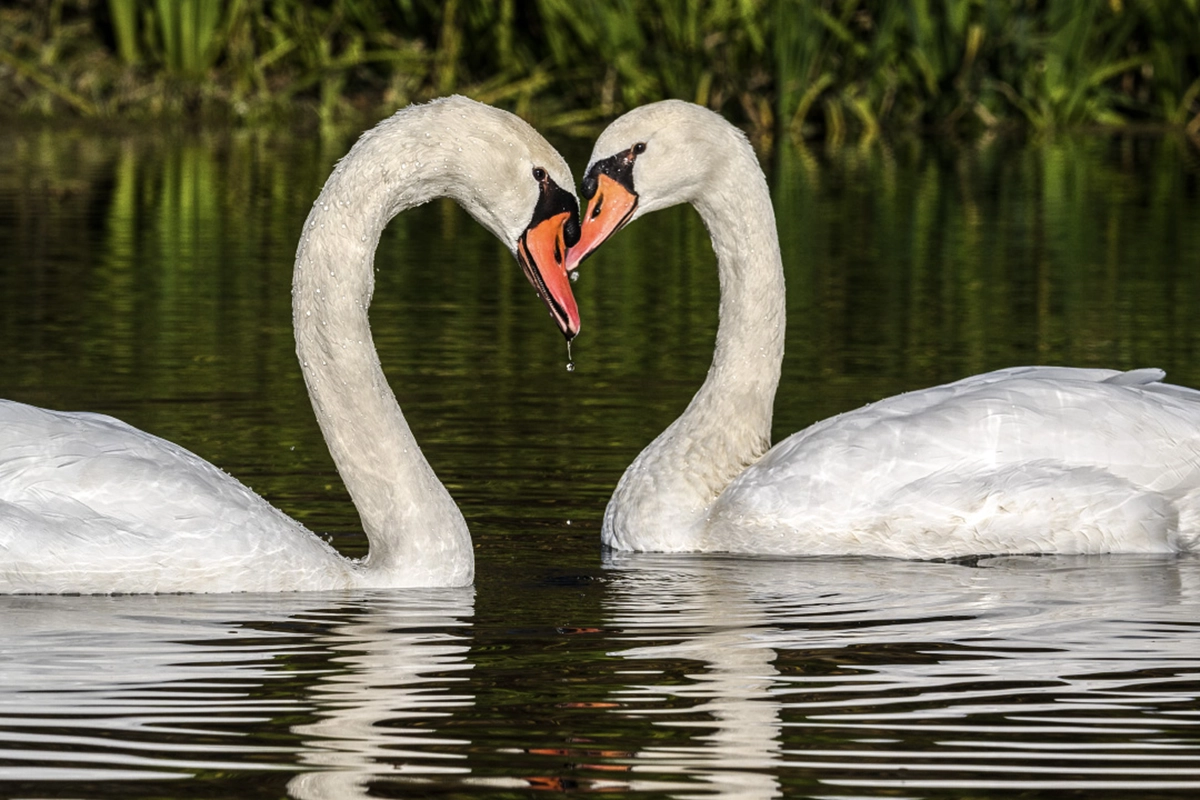
Bonus Wildlife Tip: Image Try and find the decisive moment. Wildlife photography is an exercise in patience. A good wildlife photographer is always waiting for the gesture or interaction that will make their image stand out from the rest. That means a lot of waiting and watching and being prepared to take lots of images when the action happens. Good thing come to those who wait! ~Lewis Kemper

Bonus Wildlife Tip: In photo contests, judges often see the same subjects and scenes over and over. Even if your image is technically and compositionally strong, it can lose impact if it looks like countless others. With wildlife, this doesn’t mean you need to avoid common species. Rather, it means you should look for ways to present them differently. Change up the foreground, background, lighting, or behavior you capture.
For example, bald eagles are frequently photographed perched in trees, soaring, or catching fish. This image stands out because the eagle is in the surf, framed by crashing waves and accented with colorful kelp in the foreground. You don’t need rare species or faraway destinations to create unique work. Even everyday wildlife can become a contest-worthy image when captured with fresh perspective and uncommon context. ~Lisa Langell

Bonus Landscape Tip: Experiment with shutter speed. The feel of the waves changes completely with shutter speed. Faster speeds (1/500s and up) freeze every droplet, while slower ones (1/2s – 1s) create flowing, abstract motion. This image shows the power of a slightly longer exposure, soft but still energetic. Also, consider black & white. Removing color emphasizes mood, texture, and form. It’s a strong choice for stormy seascapes where contrast and atmosphere tell the story more than color. ~ Cecil Holmes
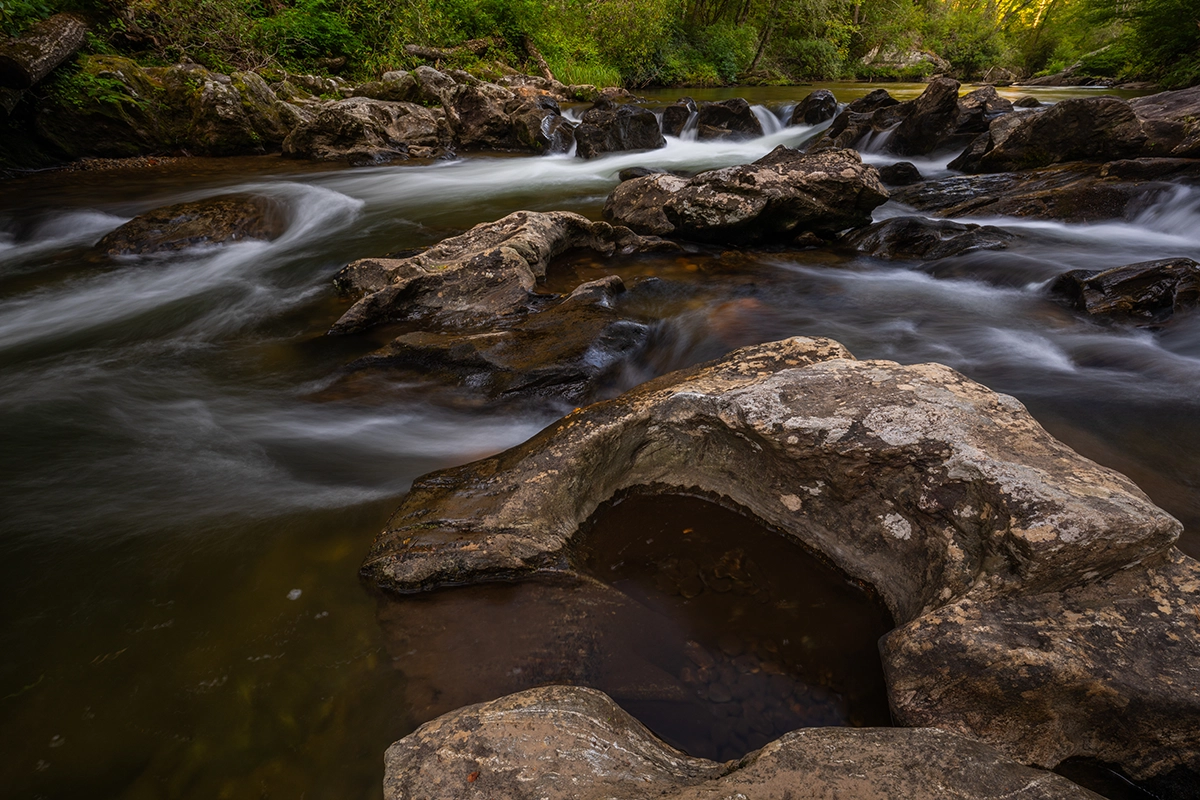
Bonus Landscape Tip: Don’t get hung up on rules, like the Rule of Thirds, to maximize the viewer’s attention in your composition, look if there is more happening in one part of the frame vs. the other. I like to see images that place the emphasis on either the foreground or the background, depending on where the most “action” is located. I often do the Rule of 8/10ths or even 9/10ths. It achieves a sense of place while keeping the viewer focused. ~David Akoubian
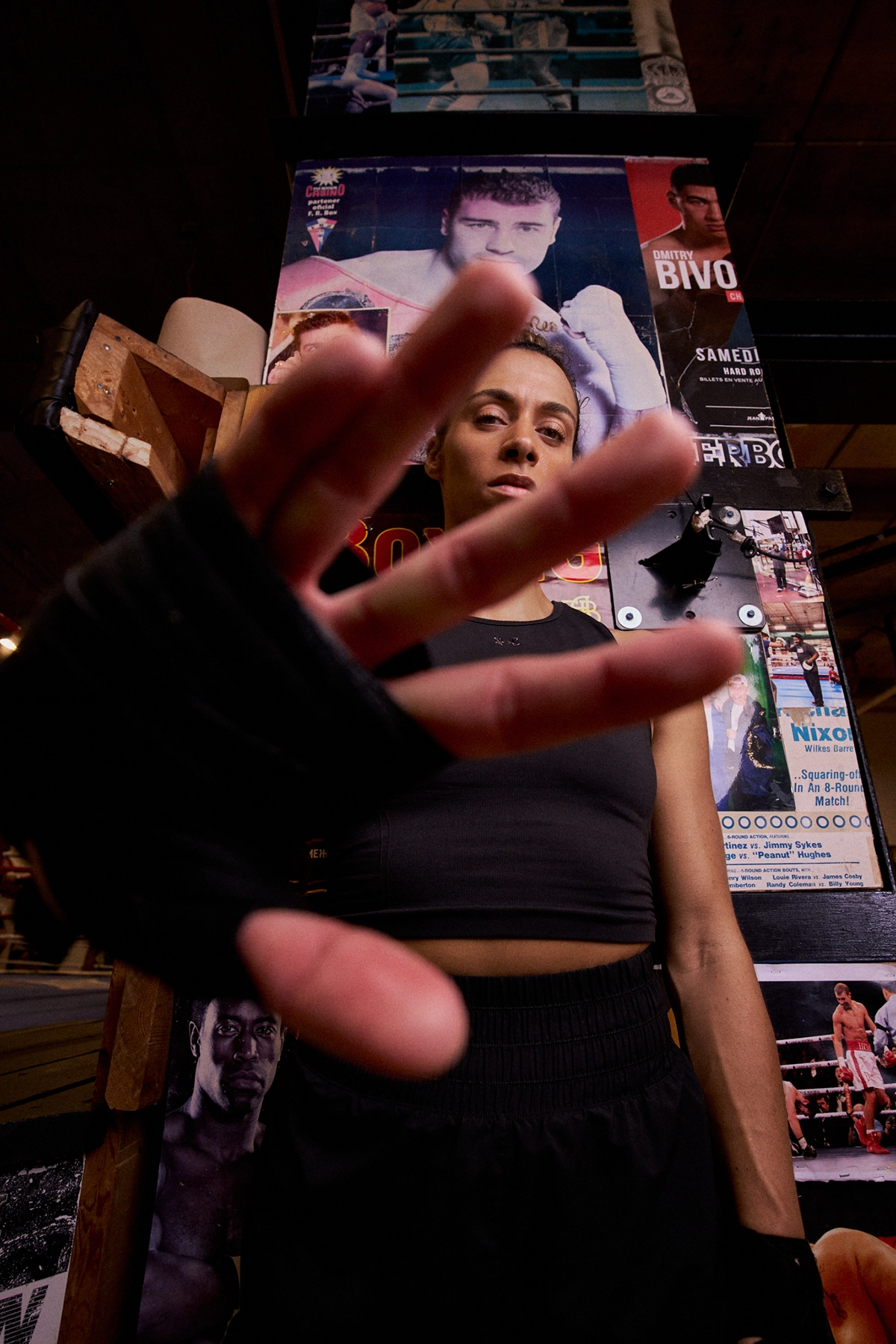
Bonus Portrait Tip: From what I’ve gathered in my workshops, a common element missing from the portfolios I review is intent. What are you trying to communicate with your portrait? The quick solution is to flesh out a brief, three-sentence story for your subject. Ensure it aligns with your project’s overall vision, and you’ll watch a world of new creative possibilities bloom (and a killer portfolio!) ~Yvens Banatte
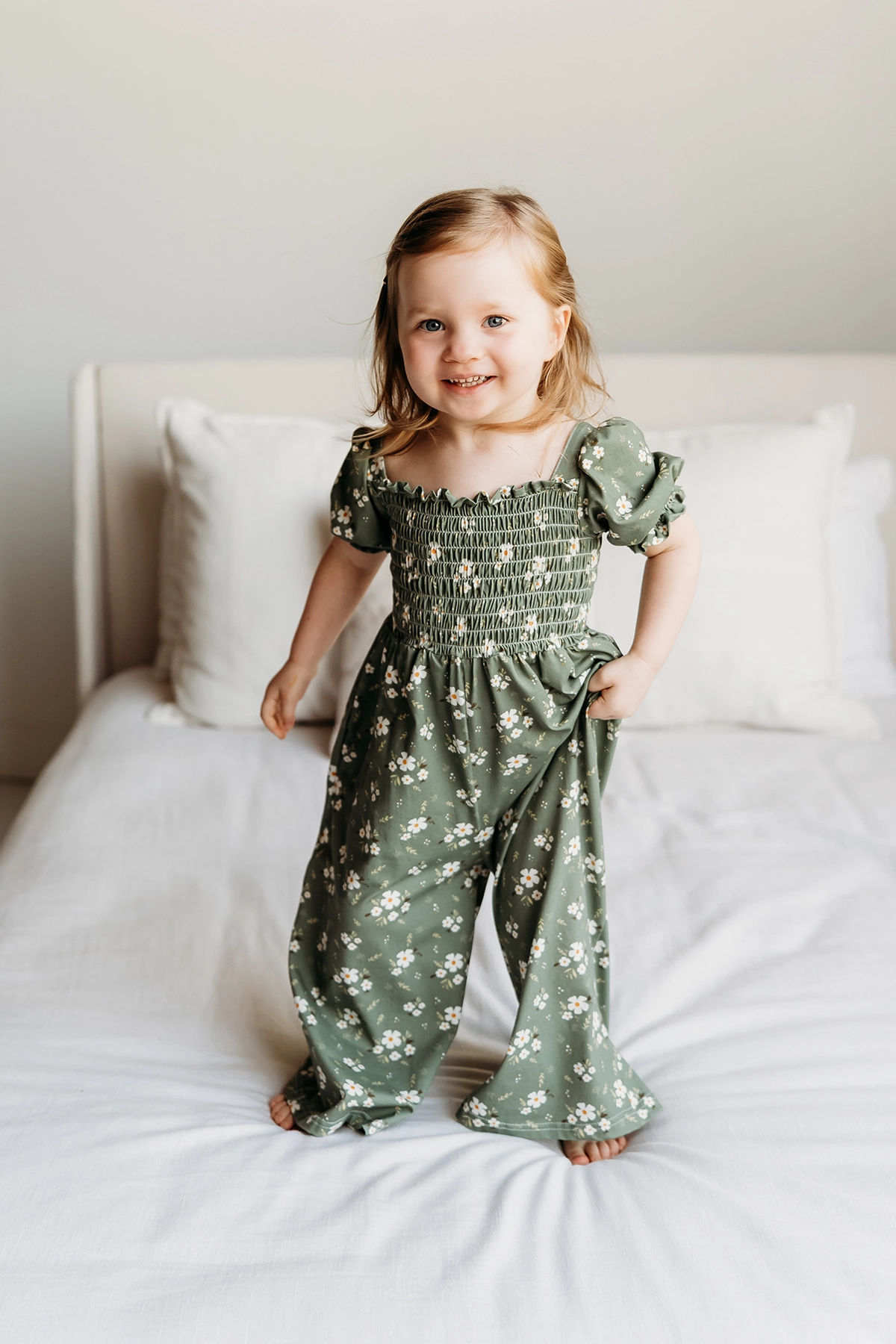
Bonus Portrait Tip: No matter what type of portrait you’re taking, make sure your subject is lit well. If you’re using your lighting properly whether it’s natural or artificial light you should see a catch light or a reflection of your light source in their eyes. If you do not see a catch light then move your subject or your light around a little bit until you see that. When your subject is well lit with catchlights in their eyes not only will your subject look better their skin tones will be easier to edit too! ~ Marcie Reif

Bonus Portrait Tip: Another important tip is to shoot for the highlights. Why does this matter? The answer is simple: preserving detail. In wedding photography, the bride’s dress is often the brightest element in the frame, and losing detail in it can be distracting or even ruin an otherwise beautiful image. In portrait photography, it might be the subject’s face or a light-colored outfit. By exposing for the highlights—the brightest part of your subject—you ensure those crucial details remain intact. Yes, this might cause some areas of the image to fall into shadow, but that’s okay. Modern cameras capture a wide dynamic range, and it’s much easier to recover information from the shadows than from blown-out highlights. Once detail is lost in the highlights, it’s gone for good.~ Rabih Madi
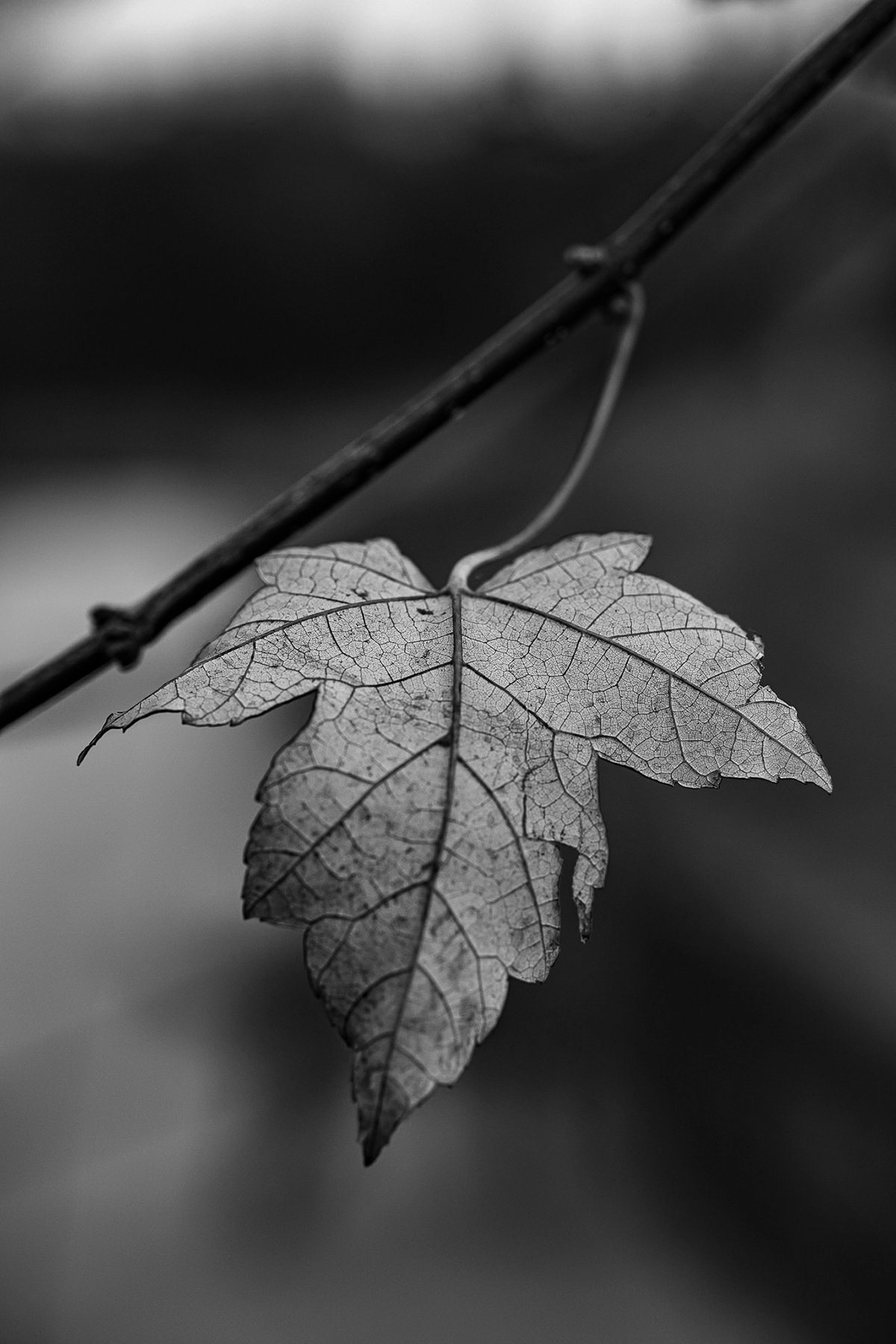
Bonus Macro Tip: Use shallow depth of field to isolate your subject so its textures and patterns stand out. Let the background blur into soft tones, guiding the viewer’s focus onto the intricate design and quiet beauty in the details. ~Tony Shepherd
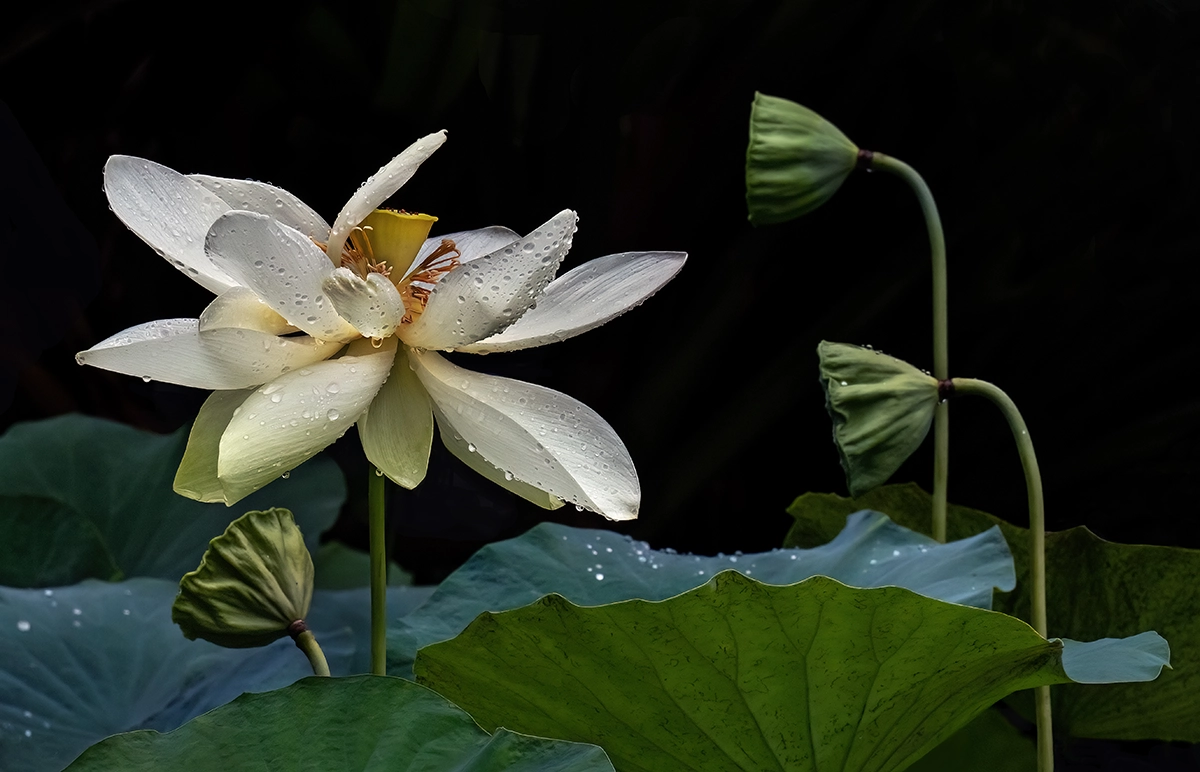
Bonus Macro Tip: They not to include too many elements in your image. Always ask yourself if the elements adds or detracts from your main subject.
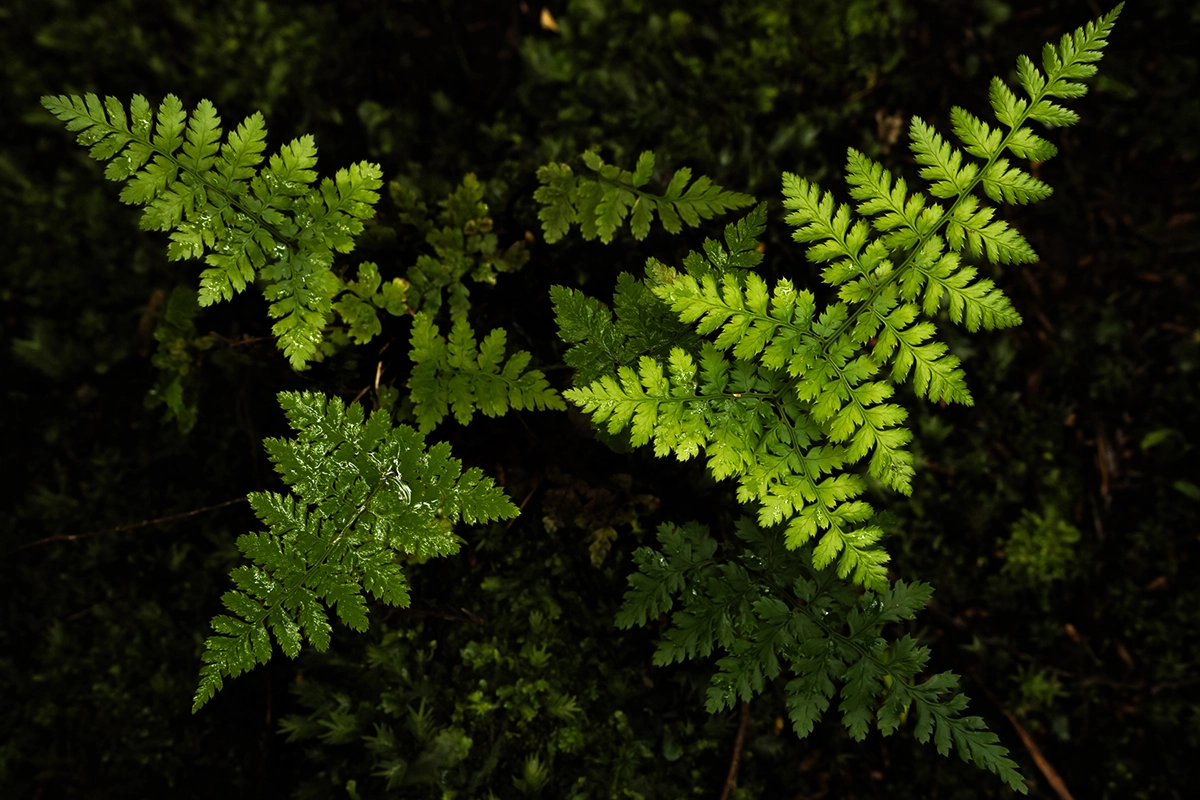
Bonus Macro Tip: Unique doesn’t mean rare. It can be easy to think that common subjects would be less likely to perform well in contests. However, what is really needed is a unique take on a subject. Be it a new or unusual lighting situation, behavior, or other unique perspective. Surprise the judges by offering them something we see all the time but in a new way. Just because the subject might be mundane doesn’t mean your image has to be!
